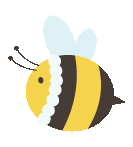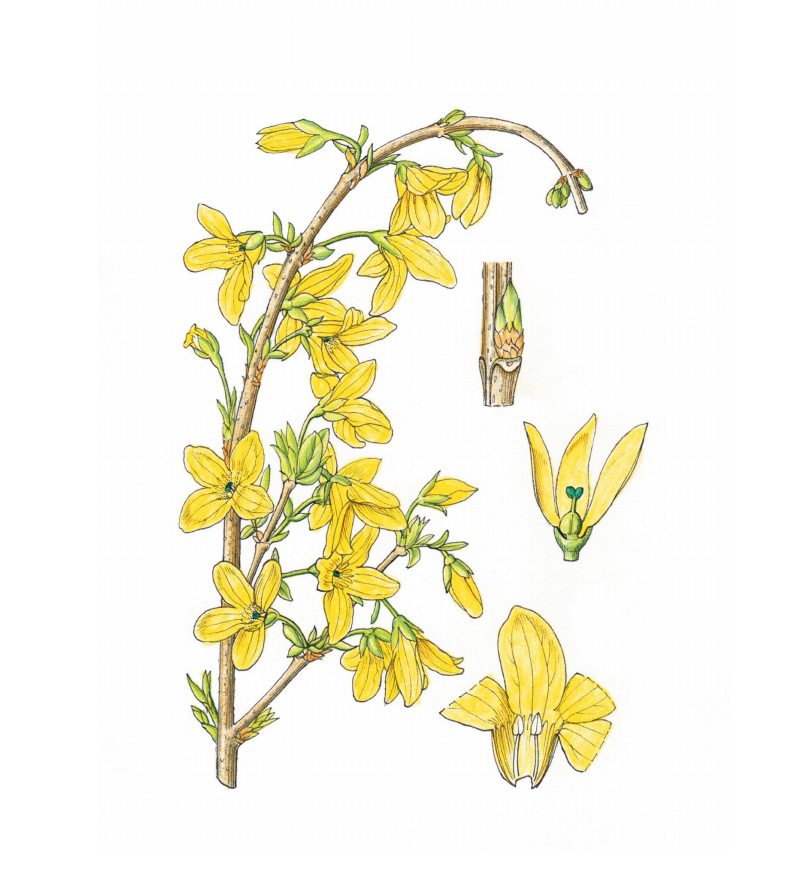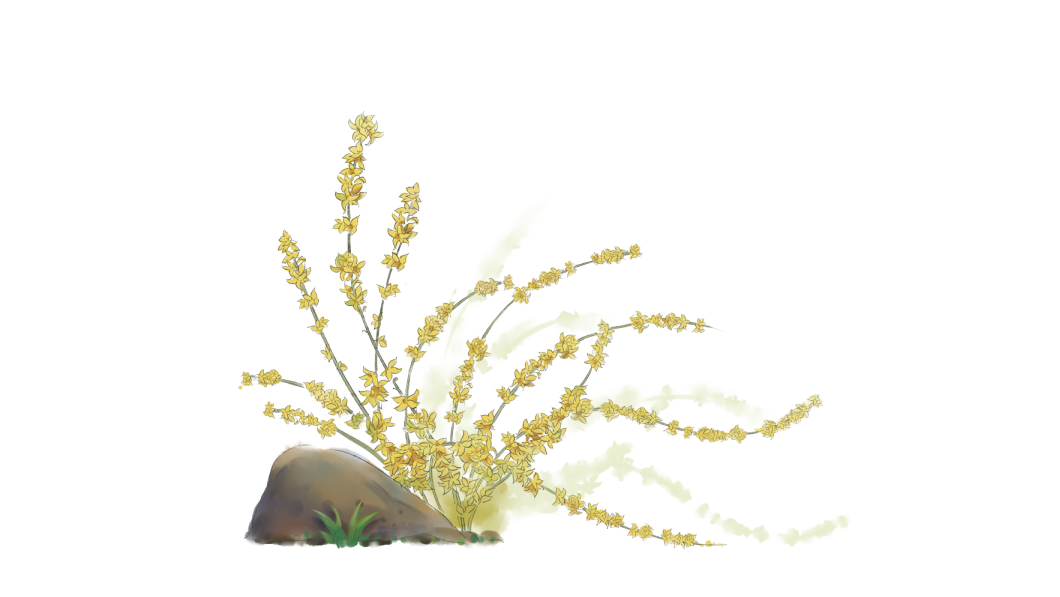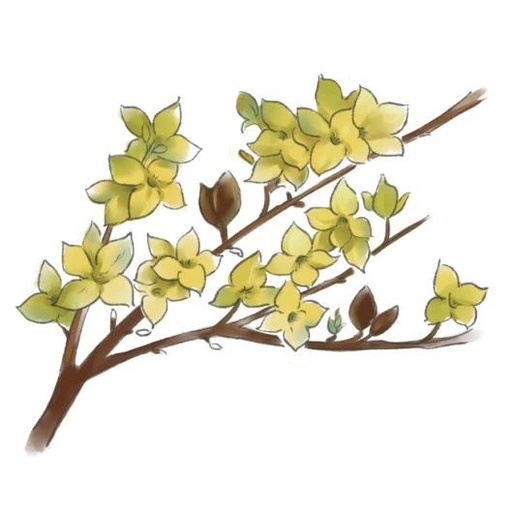
Click the blue text to follow the “Renwei Health” WeChat public account

In February, the yellow flowers bloom abundantly
As soon as the weather warms up, the brown branches of Forsythia begin to sprout buds, quietly stretching out. Before long, the branches swell with buds. In just a day or two, one by one, the yellow flowers bloom. Suddenly, on a sunny day, a burst of yellow flowers erupts, adorning the branches with a golden hue. Clusters of yellow flowers radiate vibrantly under the sun, dazzling and eye-catching.
This is the messenger of spring, bringing a warm greeting from the season, making a grand entrance.
Forsythia
How to Distinguish Forsythia from Jasmine?
In spring, when encountering branches full of yellow flowers, the most confusing plant is Jasmine. However, with a closer look, it is easy to distinguish Forsythia from Jasmine.
Jasmine has slender branches that extend downward, and even when the flowering branches are bushy, the branches remain green, arching down to the ground; additionally, the small leaves of Jasmine grow before the flowers bloom, and the open flowers are small, with six petals spread out, revealing the stamens.
In contrast, Forsythia has sturdy, aged branches covered with spots, and even when pruned, the tips of the branches stubbornly stretch upward, with flowers blooming on the bare branches; the flowers have four petals, opening downward like bellflowers. The stamens are hidden deep inside, requiring a good angle to see the flower’s heart by tilting the head and looking up from below.

The name Forsythia reflects the characteristics of the plant well. Li Shizhen explained that the name of this herb “Forsythia” refers to the fruit resembling lotus seeds, while the branches rise high, just like in the poem “Shijing: Zhou Nan: Han Guang” where it says “Qiao Qiao Cuo Xin”.
Upon closer observation, one can see that Forsythia’s branches always point upward; even if the branches are pressed down, the new buds always strive to grow upward, exhibiting a stubborn and unyielding character.
Moreover, when the fruit shell of Forsythia splits, the base of the shell remains connected, which is why it is also called “Lian Ke” in folk terms. In short, as Forsythia, it naturally stands out.

The Health Benefits of Forsythia
Forsythia’s Detoxifying Effects
Forsythia is primarily an effective herb for treating fire toxin diseases such as sores and abscesses, and it also has a heart shape, which organically combines to exemplify the “symbolic thinking” model in TCM. TCM’s “symbolic thinking” draws analogies from nature, where the natural world is closely related to the human body, thus connecting flowers and plants with human health. For example, walnut kernels resemble the brain, hence believed to nourish the brain; the seeds of Ligustrum lucidum resemble kidneys, thus nourishing the kidneys; and insects, being good at crawling, can invigorate blood circulation and resolve stasis. Under this thinking model, Forsythia, resembling a heart shape and having a cold nature, explains its ability to clear heart fire and treat various diseases it causes.

Forsythia is a common remedy for preventing influenza, fever, and upper respiratory infections
During the outbreak of infectious diseases, traditional Chinese medicine has become a preventive remedy in every household. Various preventive TCM prescriptions can be found in workplaces, hospitals, and pharmacies, using ingredients like Jin Yin Hua (Honeysuckle), Lian Qiao (Forsythia), and Ban Lan Gen (Isatis Root) from Yin Qiao San to brew tea for family members, and daily vinegar fumigation of the rooms is also recommended.

Forsythia can be used to treat infectious diseases
Due to Forsythia’s pointed head, it has the effect of softening hardness and dissipating nodules. For infections that are difficult to rupture, such as boils, acne, and cysts, Forsythia is often used.

Forsythia is very effective for treating herpes zoster with heart fire symptoms
Forsythia is used medicinally with its seeds. The renowned dermatological doctor Zhao Bingnan used Forsythia seeds to treat herpes zoster, and the famous San Xin Tang (Three Heart Decoction) is composed of Forsythia seeds, Gardenia seeds, and Lotus seeds. Forsythia seeds resemble dry lotus seeds, and it is easy to see how the three hearts together have a bitter and cold nature, directly counteracting heart fire. This is very effective for treating herpes zoster with heart fire symptoms.


Like the content? Please give us a “like” here 


